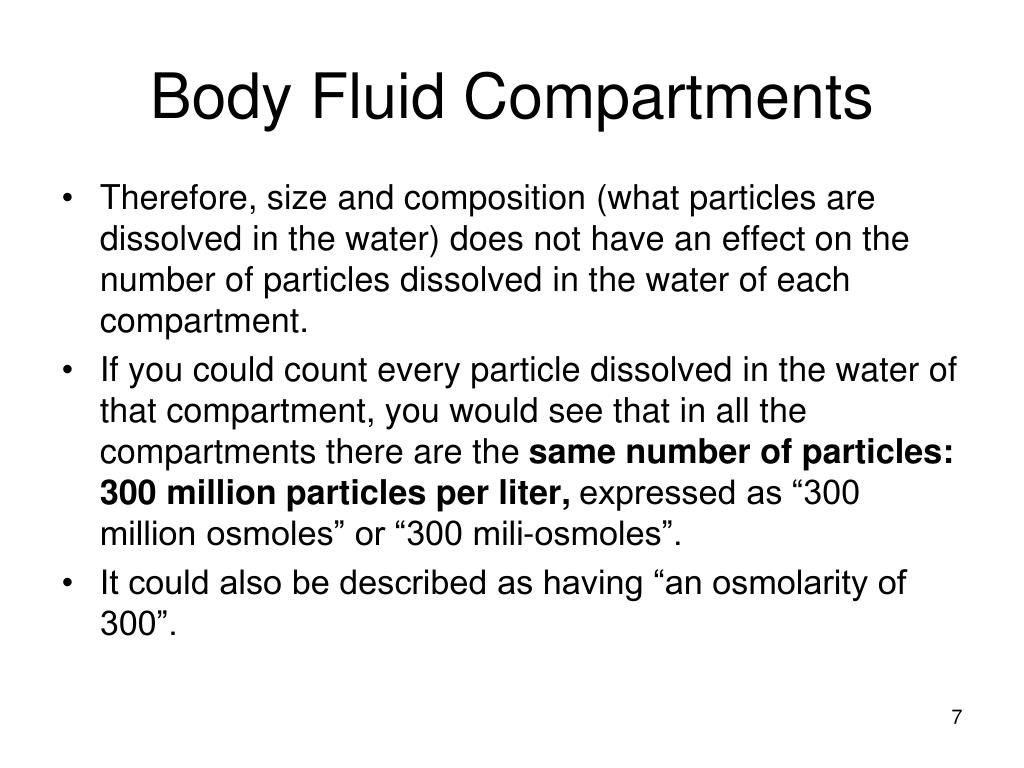

Disorders where the clinical and pathological features of Alzheimer's Disease (AD) and Parkinson's Disease (PD) overlap are known as Lewy body disease (LBD). Neurodegenerative conditions with accumulation of α-synuclein (α-syn) are common causes of dementia and movement disorders in the aging population. This does not alter the authors' adherence to all the PLoS ONE policies on sharing data and materials, as detailed online in the guide for authors. There are no patents, products in development or marketed products to declare. Sarah Mueller-Steiner, Peter Seubert, Robin Barbour, Lisa McConlogue, Manuel Buttini, Dora Games and Dale Schenk are employed by ELAN Pharmaceuticals, who, in collaboration with the group at UCSD, were intellectually involved in the conception and execution of the in vitro and in vivo passive immunization experiments.Ĭompeting interests: The authors have declared the following conflict of interest: Sarah Mueller-Steiner, Peter Seubert, Robin Barbour, Lisa McConlogue, Manuel Buttini, Dora Games and Dale Schenk are employed by ELAN Pharmaceuticals. NIH had no role in study design, data collection and analysis, decision to publish, or preparation of the manuscript. This is an open-access article distributed under the terms of the Creative Commons Attribution License, which permits unrestricted use, distribution, and reproduction in any medium, provided the original author and source are credited.įunding: This work was funded by National Institutes of Health (NIH) grants AG 11385, AG 18840, AG 022074 and NS 044233 and by ELAN Pharmaceuticals. Received: DecemAccepted: MaPublished: April 29, 2011Ĭopyright: © 2011 Masliah et al. McAlonan, The University of Hong Kong, Hong Kong (2011) Passive Immunization Reduces Behavioral and Neuropathological Deficits in an Alpha-Synuclein Transgenic Model of Lewy Body Disease. In other words, the volume of the extracellular fluid space is equal to the mass of inulin administered divided by the concentration of inulin in the extracellular fluid after inulin has distributed itself.īy using different compounds which distribute in different fluid compartments we can use the same method to measure the volume of the different fluid compartments.Citation: Masliah E, Rockenstein E, Mante M, Crews L, Spencer B, Adame A, et al. If we know how much we give, and later measure the concentration of inulin in the plasma we can calculate the volume of the extracellular space. If we give inulin to a person inulin will distribute itself into the whole extracellular fluid space.

We can measure the sizes of different fluid compartments of a person by administering certain compounds intravenously. 40% of the body’s weight is intracellular water and 20% of the body’s weight is extracellular water. 60% of the body’s weight is water (total body water). It’s easy to remember how much each fluid volume weighs with the 60 – 40 – 20 rule. These volumes vary from person to person, but they’re approximately the same in everyone who have average bodies.


Protection against pathogens, because it carries the white blood cells and other components of the immune system around.Regulate pH, because the plasma contains acid-base buffers.
Body fluid compartments dunnet skin#


 0 kommentar(er)
0 kommentar(er)
